The capital of Iceland
Population 120,000
(more than 200,000 in the Great Reykjvík Area)
and
in the whole country there are only 320,000
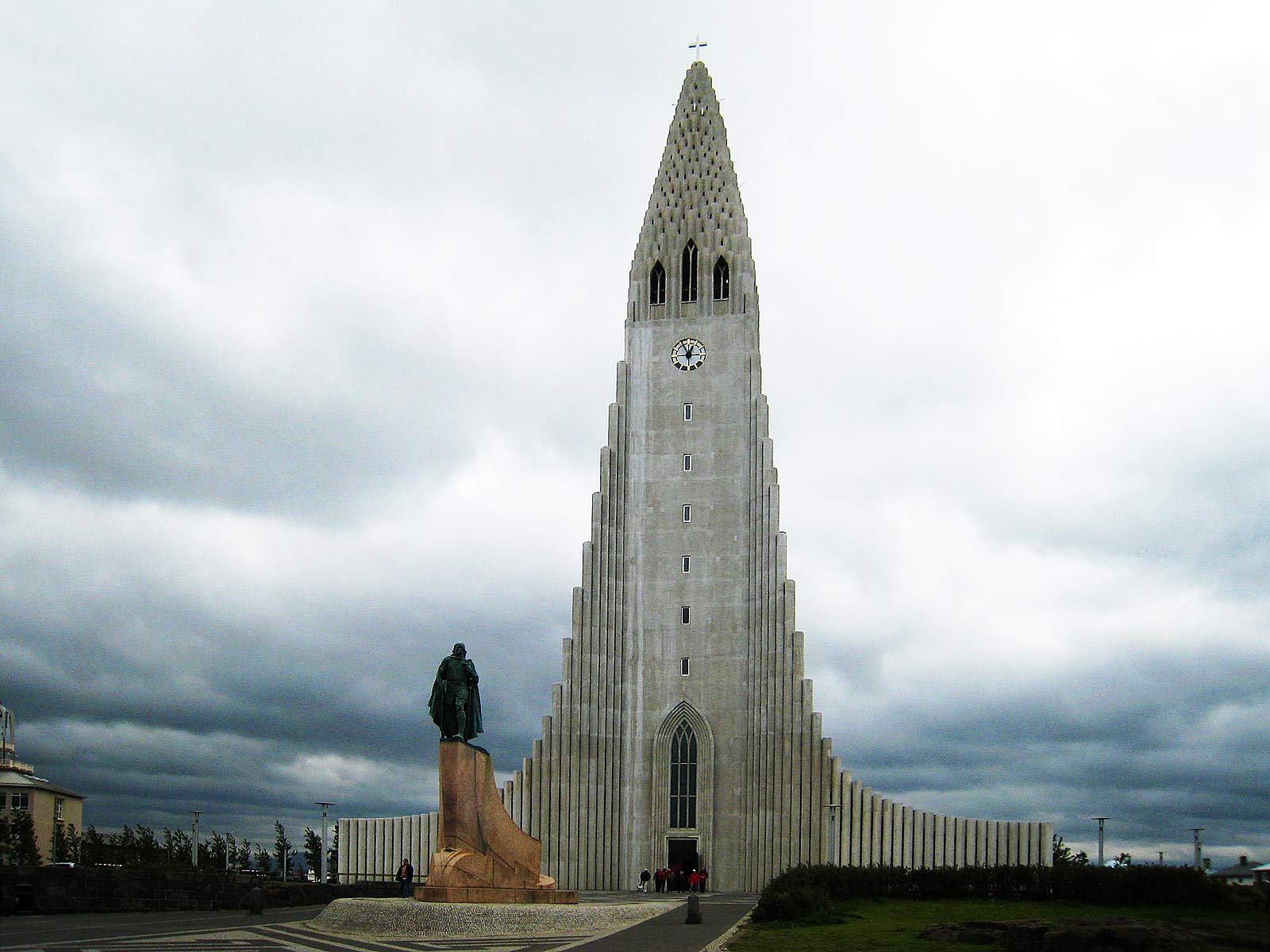
(2010-06-09)
Hallgrímskirkja in Reykjavík, named in honour of the great Icelandic poet Hallgrímur Pétursson (1614–1674), designed by Guðjón Samúelsson in 1937 and built during the years 1945–86. It is 74.5 meters high and is visible from most parts of Reykjavík. It is claimed to be inspired by Iceland's basalt columns and the peak Hraundrangi in Öxnadalur. (Hallgrimskirkja in Saurbær, north of Reykjavík, honours the same man.)
In front of the church stands a 1930 gift from U.S.A., a statue of Leif Ericsson (c.970–c.1020) who sailed from Iceland to discover Vinland, later to be called America.
Vinland means 'Pasture-Land'. Those times rich pastures were the most valuable asset for settlers. This meaning of 'vin' may have disappeared some eight hundred years ago (both in Iceland and the rest of Scandinavia it now means 'wine'), but it is still contained in about a thousand names of Norwegian farms (that never produced wine).
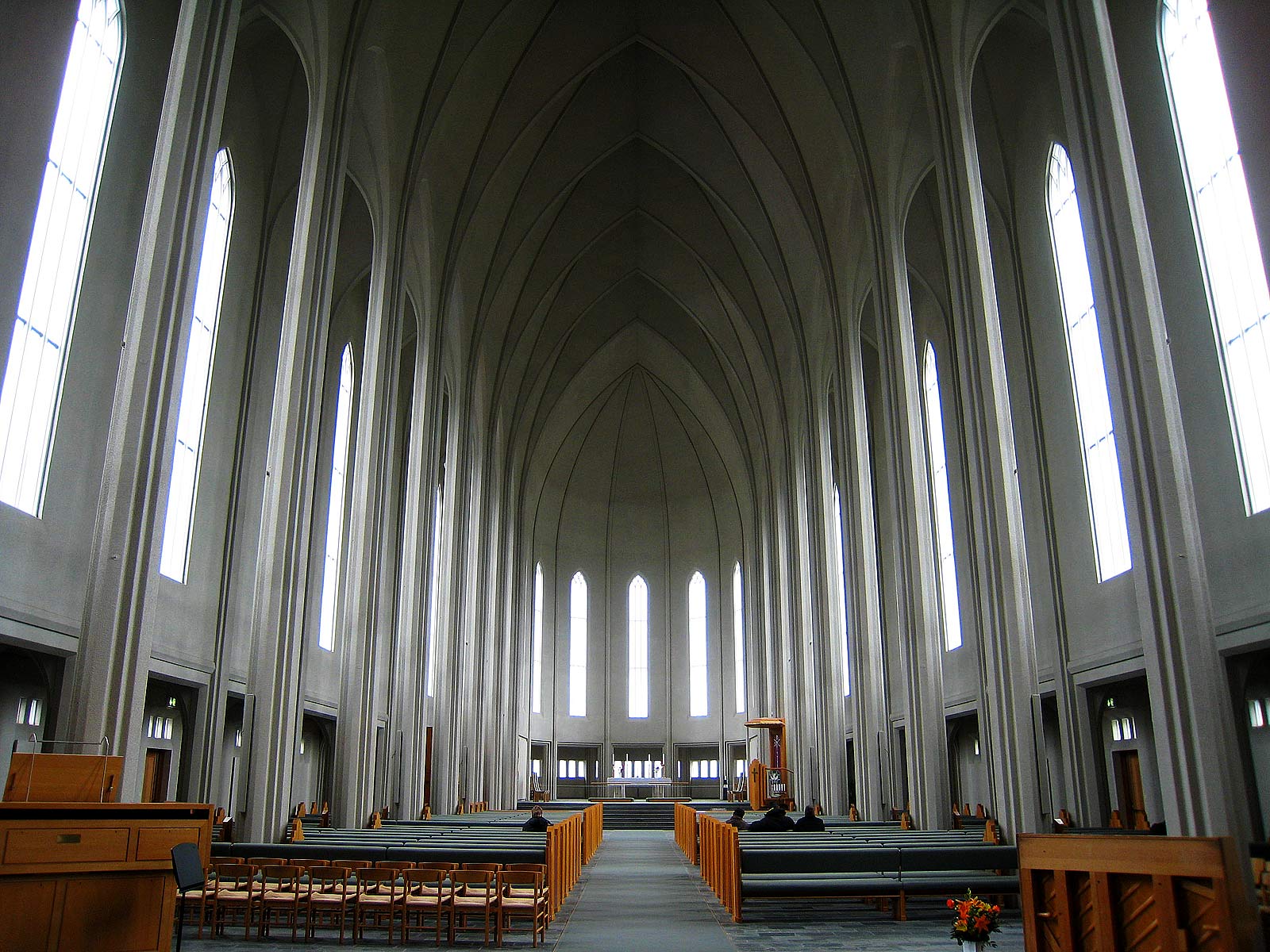
(2013-08-13)
The open and daylight illuminated space inside Hallgrímskirkja is awesome. The altar is as convention prescribes placed in the east end, that's where the sun rises.
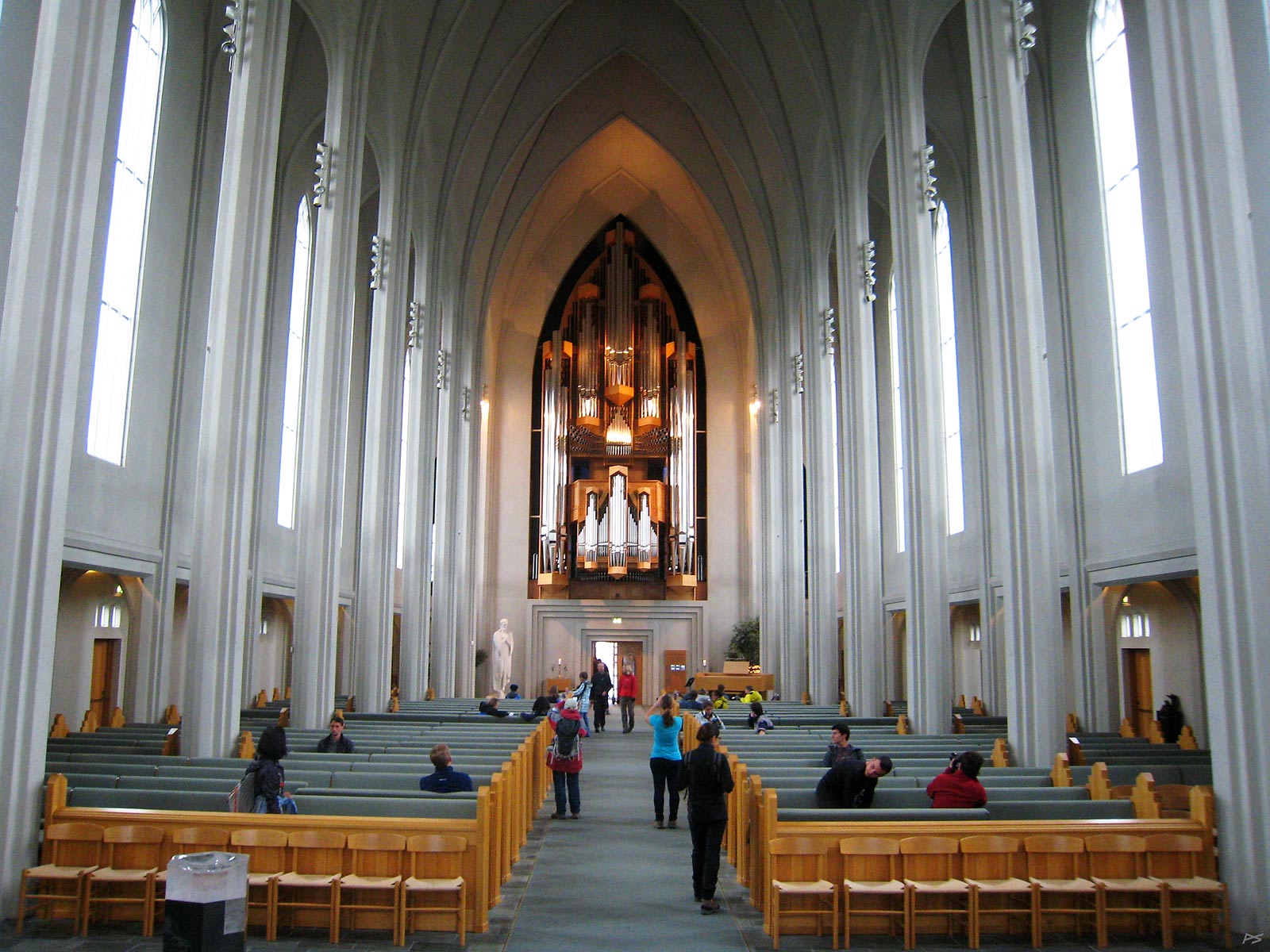
(2013-08-13)
The Hallgrímskirkja organ has 5275 pipes.

(2013-08-13)
Up the street Skólavöðustigur towards Hallgrímskirkja.
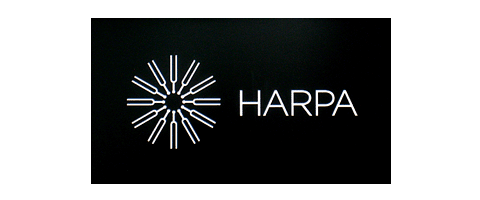
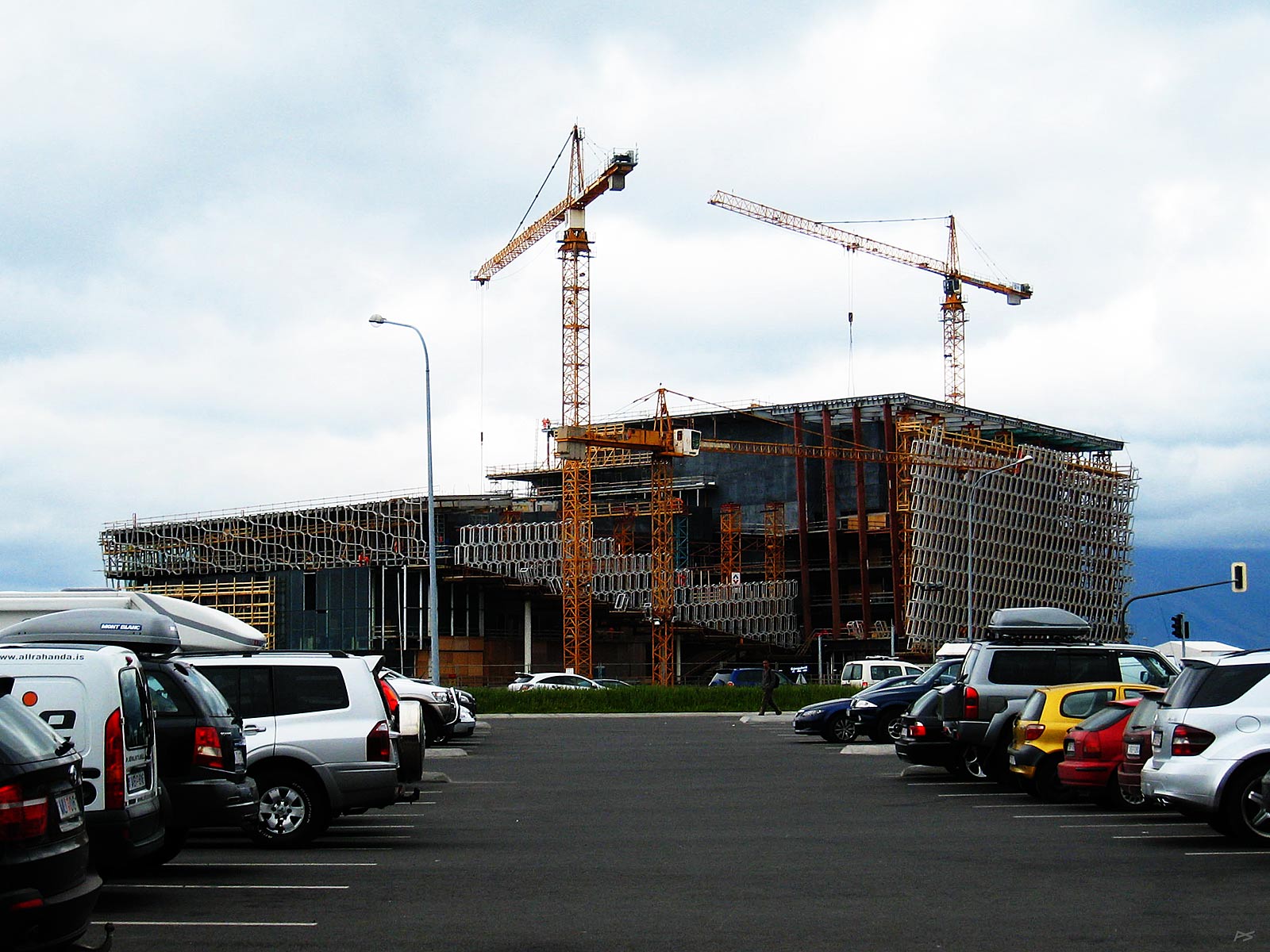
(2010-06-09)
In 2010 Reykjavík was full of splendid new buildings and new cars, indicating a rich nation. But in 2008 a serious financial crisis had hit Iceland, and most construction sites had come to a standstill. This one is the Icelandic National Concert and Conference Centre (often referred to as the Opera House), which was a part of a larger plan, including a hotel etc. As the House would be very important for the tourist industry, the Government decided to finance the finishing of the house, postponing the rest of the plan for better times. 11 December 2009 it was given the name Harpa (=the Harp) and the opening concert took place 4 May 2011.

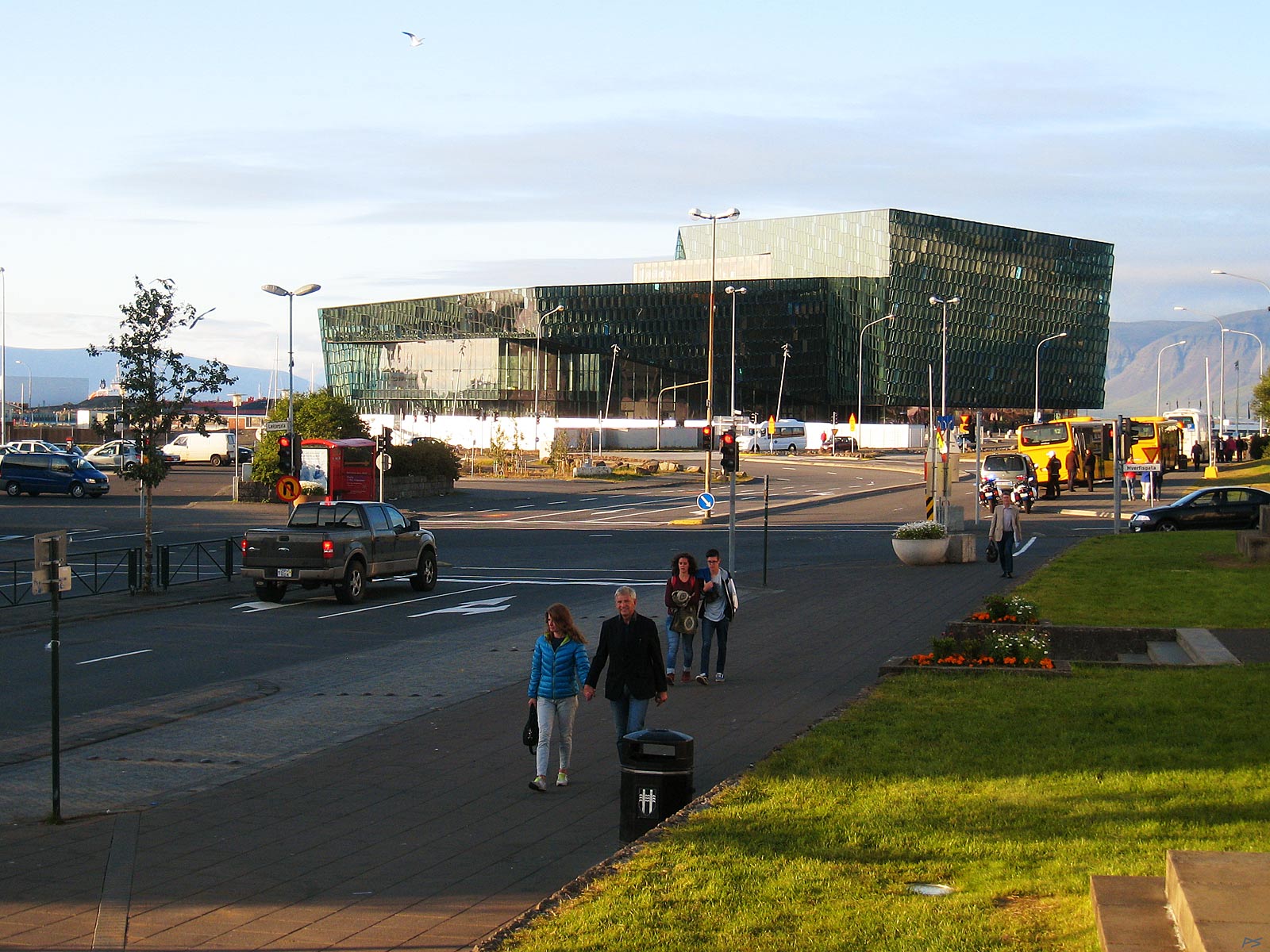
(2013-0812)
The completed Harpa in 2013 – before sunset.

(2013-08-13)
The entrance hall of Harpa. The building is inspired by Icelandic volcanic nature: Black cliffs and hexagonal basalt columns. The concert halls are known to have an excellent acoustic quality. Even the acoustic quality of this hall is very good; you don't have to listen, just look at all those angled surfaces. Visiting in the tourist season, we did enjoy a short sample of an opera performance down there on the ground floor.

(2013-08-13)
The building was designed by the Henning Larsen Architects in Denmark, but the very special glass facade was designed by Olafur Eliasson (1967–), an international artist of Icelandic origin.
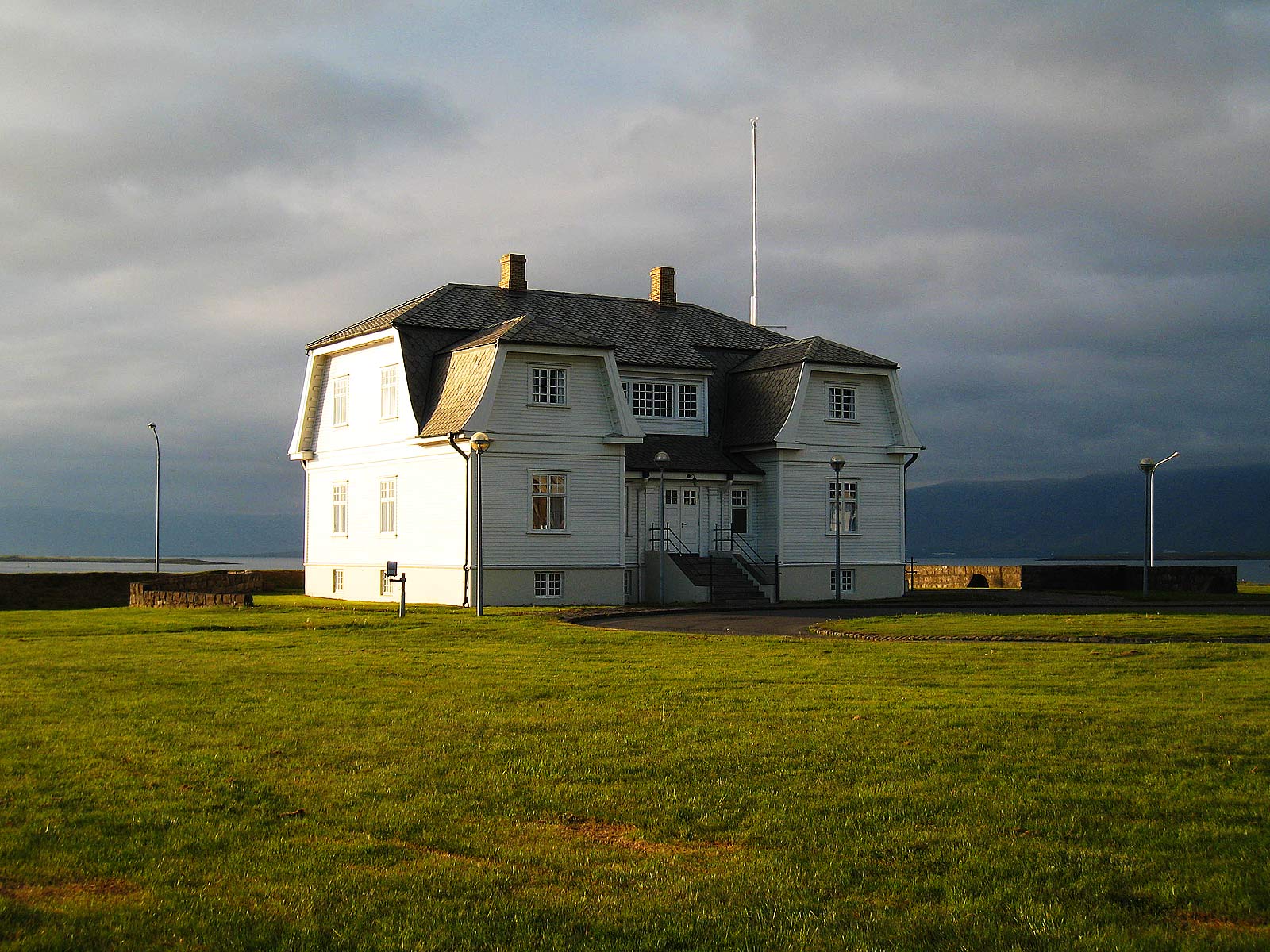
(2010-06-08)

(2010-06-08)
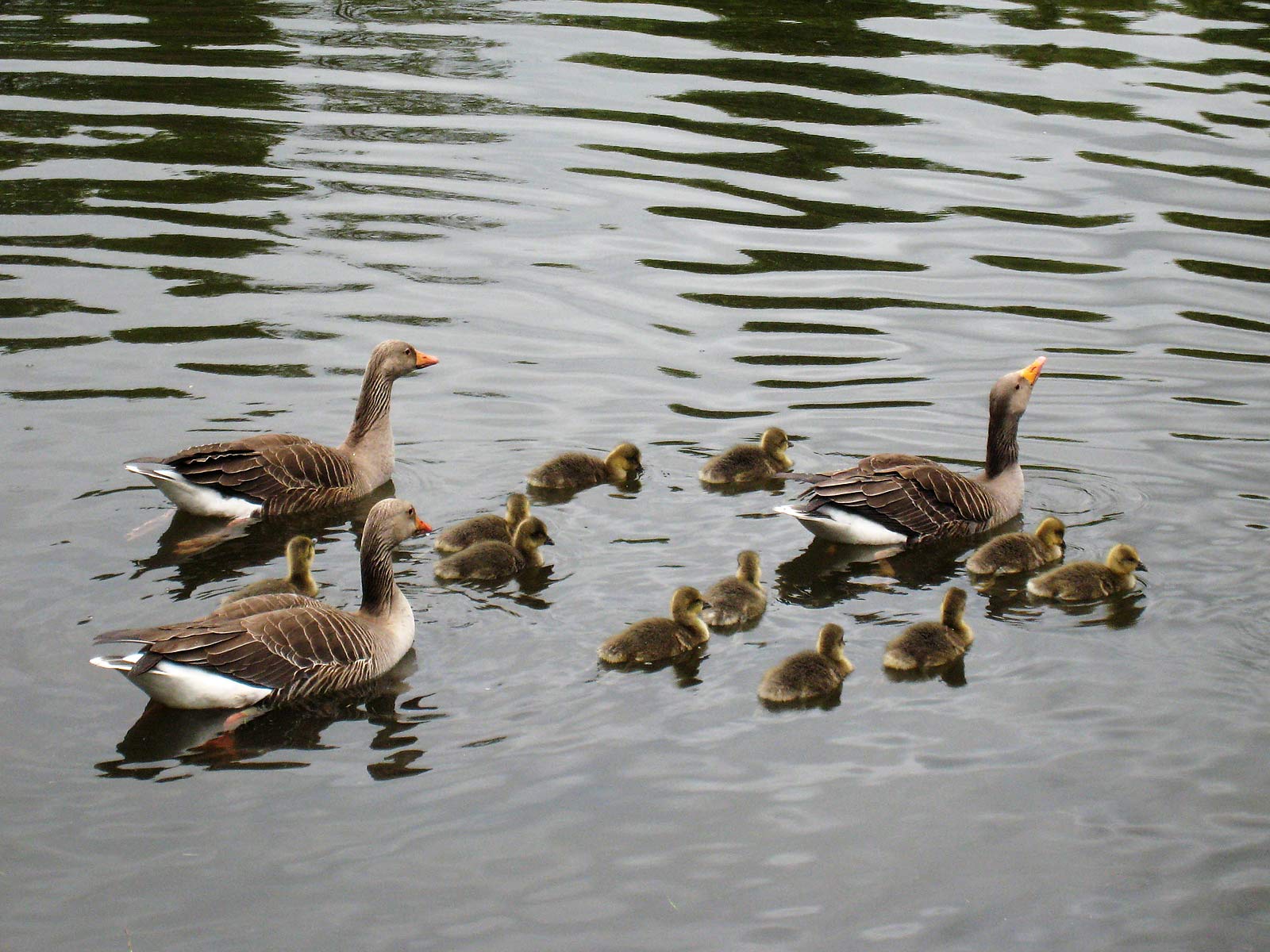
(2010-06-09)
Laugardalur (=bathing-valley) is a place for open air activities, like swimming, football and other sports, and occasional outdoor concerts. There is a kind of zoo for children (Fjölskyldu og Húsdýragarðurinn) and then my favourite, Grasagarður Reykjavíkur, a public park and botanic garden with more than 5000 northern plant species. Within the park is also the very nice Café Flora, and, as shown, ponds where greylag geese (and often other birds) are swimming.

(2013.08-04)
In the old days women did the city's laundry in the hot springs at the present botanic garden. Close to the only washing basin left you'll find this statue of Þvottakonan (The Washerwoman, 1937) by Ásmundur Sveinsson (1893–1982). Behind left, Áskirkja, Laugarás.

(2010-06-)
A statue in the centre of the city, 'Vatnberinn' (The Water Carrier, 1936–37) created by Ásmundur Sveinsson (1893–1982).

(2013-08-13)
Everybody that has walked through the centre of Reykjavík has noticed this statue: 'Roots' (2000), created by Steinunn Þórarinsdóttir / Thorarinsdottir (1955–), an international artist of Icelandic origin.
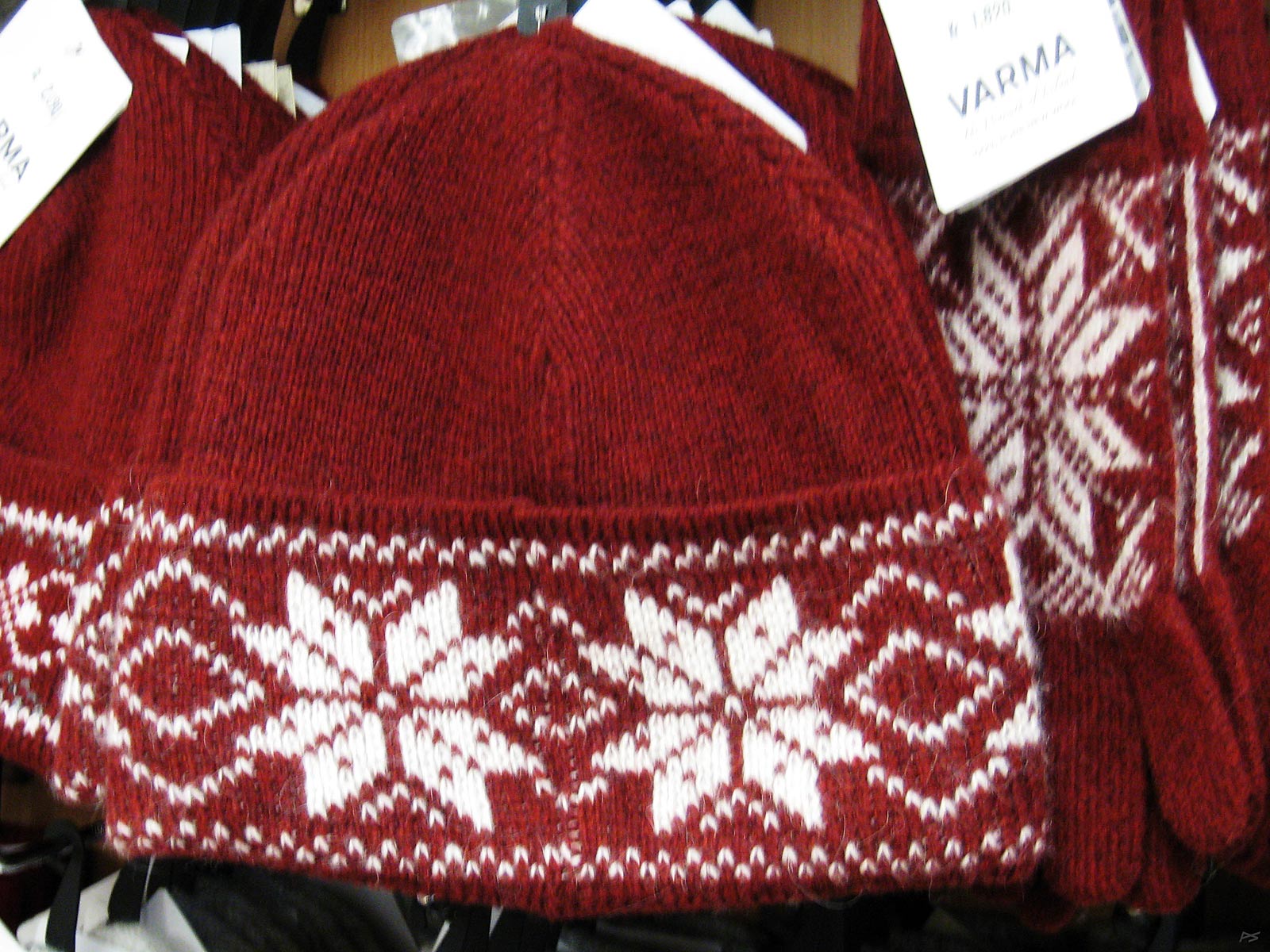
(2010-06-09)
Shopping textiles is not my favourite activity, but, you know. Several times my eyes caught this familiar (at least for a Norwegian) pattern, the Selbu Rose. A lot of clothing is produced from the warm Icelandic wool.
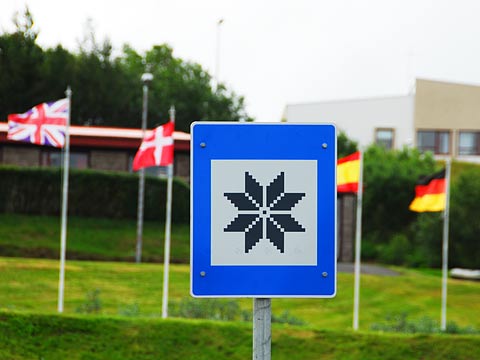
Curiously, handicraft shops all over Iceland also use the Selbu Rose  logo, but that's okay, it's not a registered trade mark. This picture was taken at a souvenir shop belonging to the Varmahlíð Hotel, North Iceland.
logo, but that's okay, it's not a registered trade mark. This picture was taken at a souvenir shop belonging to the Varmahlíð Hotel, North Iceland.
(2013-08-06)
